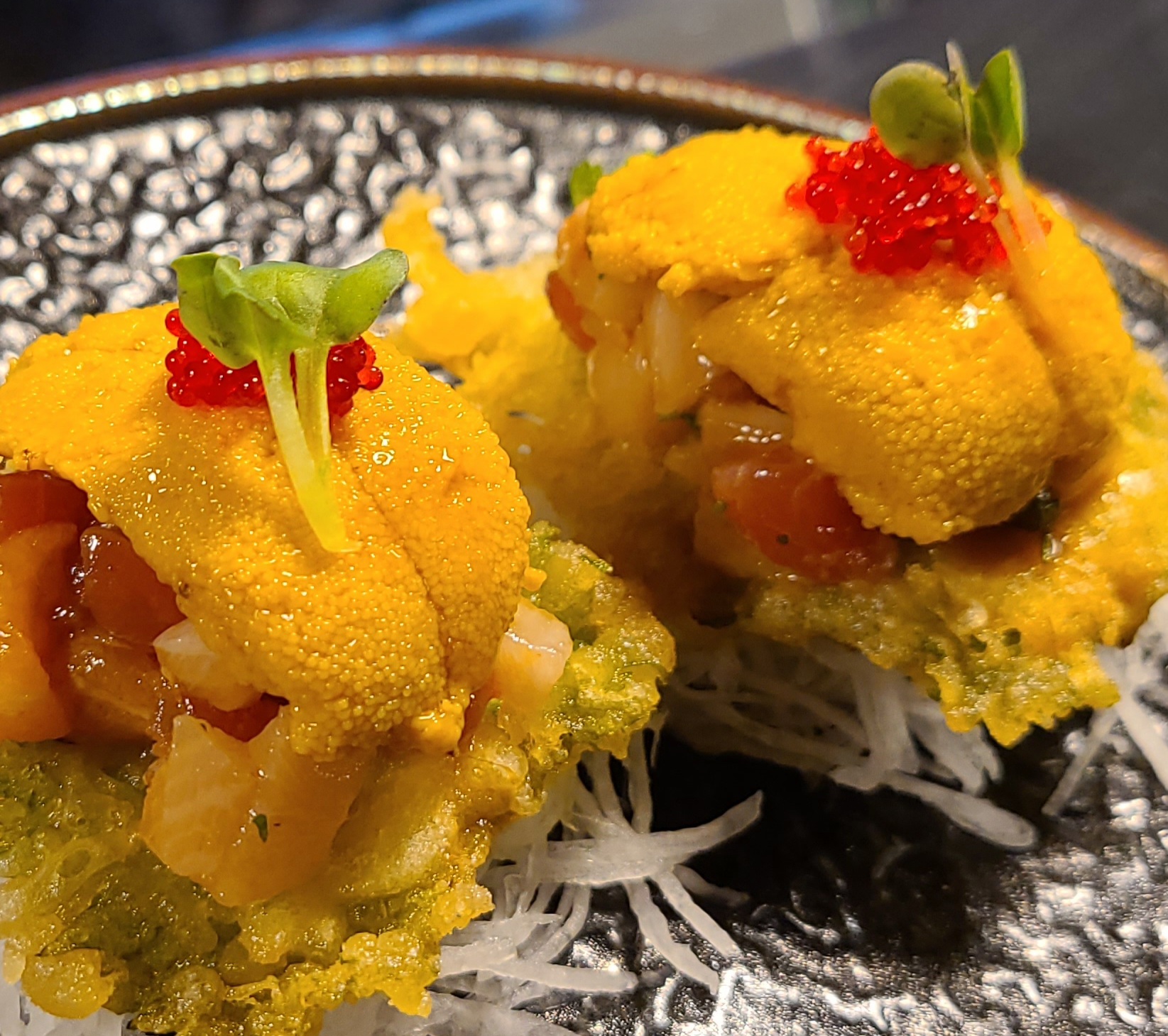Nikkei
nikkei - peruvian japanese deliciousness
The food in Peru is as varied as the country’s terrain, a combination of mountains, rainforests, and coasts. This biodiversity, coupled with influences from European colonizers, Africans, and Asian migrants, means that Peruvian food encompasses a range of flavors.
But for the past few years, it seems one cuisine from this confluence of groups has grabbed headlines in the states more than any other: Nikkei, the Peruvian style of cooking Japanese, often billed as Japanese-Peruvian new cuisine.


“Nikkei” is the word for the descendants of Japanese immigrants living around the world. In Peru, they began arriving in earnest at the turn of the 20th century to work on plantations. But somewhere along the way, “Nikkei” began to refer to the food that grew out of the Japanese presence in Peru.
Nikkei food is Peruvian ingredients – tropical fish, quinoa, aji amarillo and rocoto peppers – molded by Japanese techniques.
Multiple chefs cite the modern preparation for ceviche as particularly indicative of the Nikkei style. Before Japanese influence in Peru, chefs would marinate fish (traditionally, corvina) for hours, often overnight. It was Japanese immigrants who taught Peruvians to treat raw fish more simply, and merely “cook it with lemon” seconds before plating. Tiradito, raw fish cut in the manner of sashimi but dressed with a spicy sauce, is another staple of Nikkei menus. As well as, anticucho meat skewers with sesame and yuzu-based sauces, and ceviches and seafood that combine Japanese citrus with Andean peppers and spices.
Peru has successfully built up a reputation for world class dining, and Nikkei, a cuisine founded on technique, fits into this space. Peru’s high-end restaurants are well represented on the World’s 50 Best Restaurant list.
Article simplified from: Nikkei Cuisine’s Time is Actually, Finally Now, The global rise of the Japanese-Peruvian food has reached the U.S. by Monica Burton on EATER.COM
